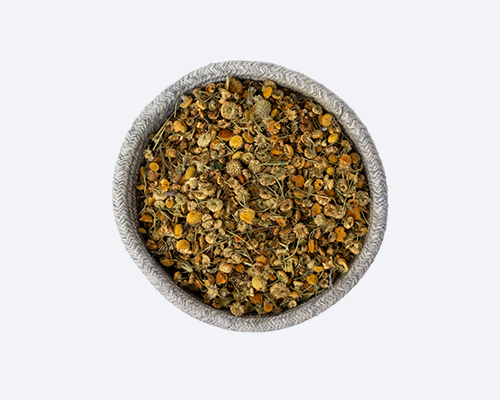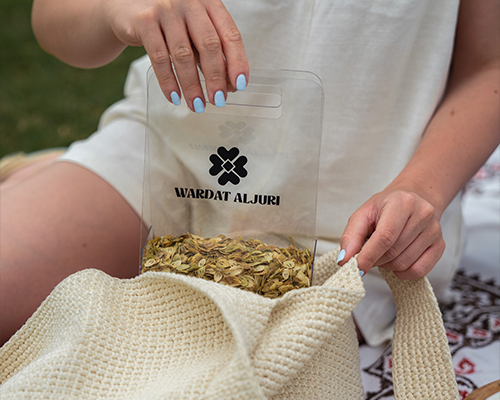Cota tinctoria, commonly known as Golden Marguerite, Yellow Chamomile, or Dyer’s Chamomile, is a perennial plant in the Asteraceae family. Its scientific name is Cota tinctoria (formerly Anthemis tinctoria). Unlike some herbs with specific brand names, Cota tinctoria is typically found in products labeled as “Dyer’s Chamomile” or “Golden Marguerite extract,” particularly in the contexts of natural dyes or herbal supplements.
The plant has a variety of applications, with its most prominent historical use being in dyeing. Cota tinctoria was traditionally used to produce natural yellow dyes, particularly for textiles. The vibrant yellow pigment found in its flowers earned it the name “Dyer’s Chamomile,” and it remains a valuable source for eco-friendly and sustainable textile production. Additionally, while it is not as well-known for medicinal uses as other chamomile species, Cota tinctoria has been utilized in folk medicine for its mild anti-inflammatory and soothing properties.

In modern times, Cota tinctoria is widely grown as an ornamental plant due to its bright yellow, daisy-like flowers, which make it a popular choice in gardens and landscape designs. The plant is particularly valued for its drought resistance and ease of care. It also serves an important role in pollinator attraction, as it draws bees, butterflies, and other beneficial insects, making it a useful addition to biodiversity-friendly gardens and organic farms.
The applications of Cota tinctoria span several sectors. In the textile and dyeing industry, it is used as a natural dye source for sustainable and eco-conscious fabric production. In the herbal and cosmetic industries, it may be included in products that emphasize natural ingredients. Additionally, in horticulture and landscaping, Cota tinctoria is valued for its low maintenance and aesthetic appeal. In agriculture, it is sometimes used in companion planting to attract beneficial insects, helping to promote biodiversity in organic farming systems.
Cota tinctoria is native to Europe, particularly the Mediterranean region, and parts of Western Asia. It thrives in sunny, well-drained soils and can often be found growing in meadows, roadsides, and disturbed areas. Due to its adaptability, the plant has naturalized in other temperate regions, including North America, where it continues to be appreciated for its diverse applications and hardy nature.





